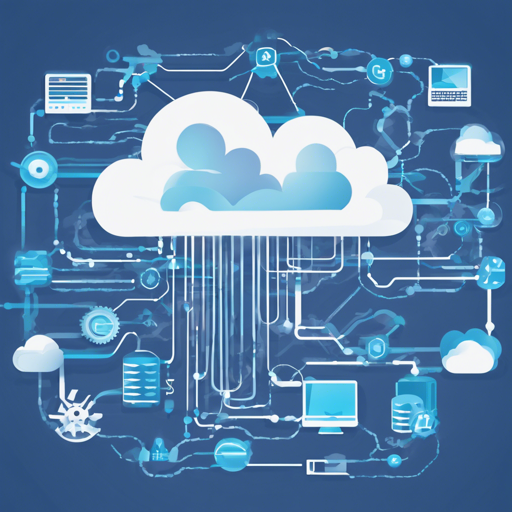Terraform has emerged as a robust tool for automating cloud infrastructure deployment. In this guide, we will delve into configuring AWS credentials, understanding the three-tier architecture, implementing RDS MySQL cross-region replication, and creating VPC peering connections using Terraform. Let’s make cloud management a breeze!
Setting Up Your AWS Credentials
Before you dive into Terraform, you must first set up your AWS credentials on your system. Here’s how:
- Navigate to the AWS folder in your system.
- Add your AWS Access Key ID and Secret Access Key as follows:
- [default]
- aws_access_key_id = YOUR_ACCESS_KEY_ID
- aws_secret_access_key = YOUR_SECRET_ACCESS_KEY
- [prod]
- aws_access_key_id = YOUR_PROD_ACCESS_KEY_ID
- aws_secret_access_key = YOUR_PROD_SECRET_ACCESS_KEY
Remember, the names for the accounts can be anything you want. Just ensure that the name you choose corresponds correctly in your main.tf file.
Understanding the Three-Tier Architecture
The three-tier architecture is like the three branches of a tree, all working together in harmony:
- Presentation Tier (WebAPP Tier): Think of this tier as the leaves of the tree—they prepare the HTML and present it to users by calling the application tier.
- Application Tier (App Tier): This layer acts like the branches, collecting data by reaching out to the database or third-party services when needed.
- Database Tier (DB Tier): Similar to the roots, this tier stores data securely in the database.
To create this architecture in AWS, a variety of resources like VPCs, subnets, gateways, and routing tables must be established. Terraform automates this process seamlessly. For detailed implementation, refer to this link.
Implementing RDS MySQL Cross-Region and Cross-Account Replication
Cross-region replication is like building a safety net. It significantly enhances your application’s resilience against AWS region-wide failures. Additionally, it boosts performance by allowing read traffic to access replicas closer to the user’s location.
Cross-account replication acts like a backup, protecting your data even if your master AWS account is compromised. By maintaining a separate backup account with stricter access controls, you can safeguard against incidents like hacks that could result in data loss.
For more understanding, explore the resources below:
Remember to check the README files of each implementation to ensure that the code produces the desired output. The file structure consists of main.tf for configuring the AWS environment and variables.tf for defining necessary variables such as CIDR blocks, names, and tags.
Creating VPC Peering Connections
VPC peering connections are essential for reducing load on VPN connections and decreasing latency between virtual private clouds. This process is akin to creating shortcuts that make communication between branches much faster.
A simple main.tf file can create the peering connection requests alongside route table entries. For detailed instructions on this setup, check out this blog post.
Troubleshooting Tips
If you encounter any issues while using Terraform, here are a few tips to help you troubleshoot:
- Double-check your AWS credentials to ensure they are correctly set up in your AWS folder.
- Verify that your
main.tffile is correctly configured with the appropriate profile names. - Make sure that all necessary permissions are granted for accessing AWS resources.
- Inspect the README files for each implementation, as they often contain vital setup information.
For more insights, updates, or to collaborate on AI development projects, stay connected with fxis.ai.
Conclusion
At fxis.ai, we believe that such advancements are crucial for the future of AI, as they enable more comprehensive and effective solutions. Our team is continually exploring new methodologies to push the envelope in artificial intelligence, ensuring that our clients benefit from the latest technological innovations.

